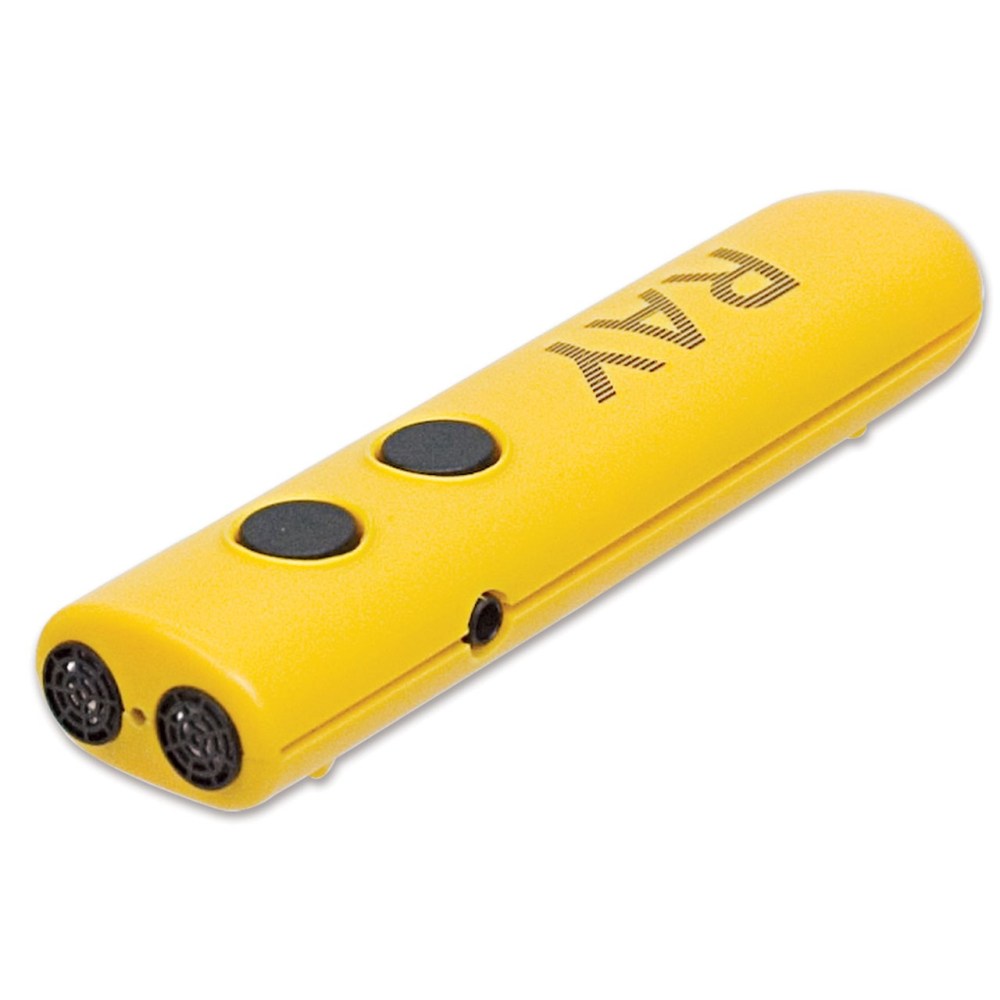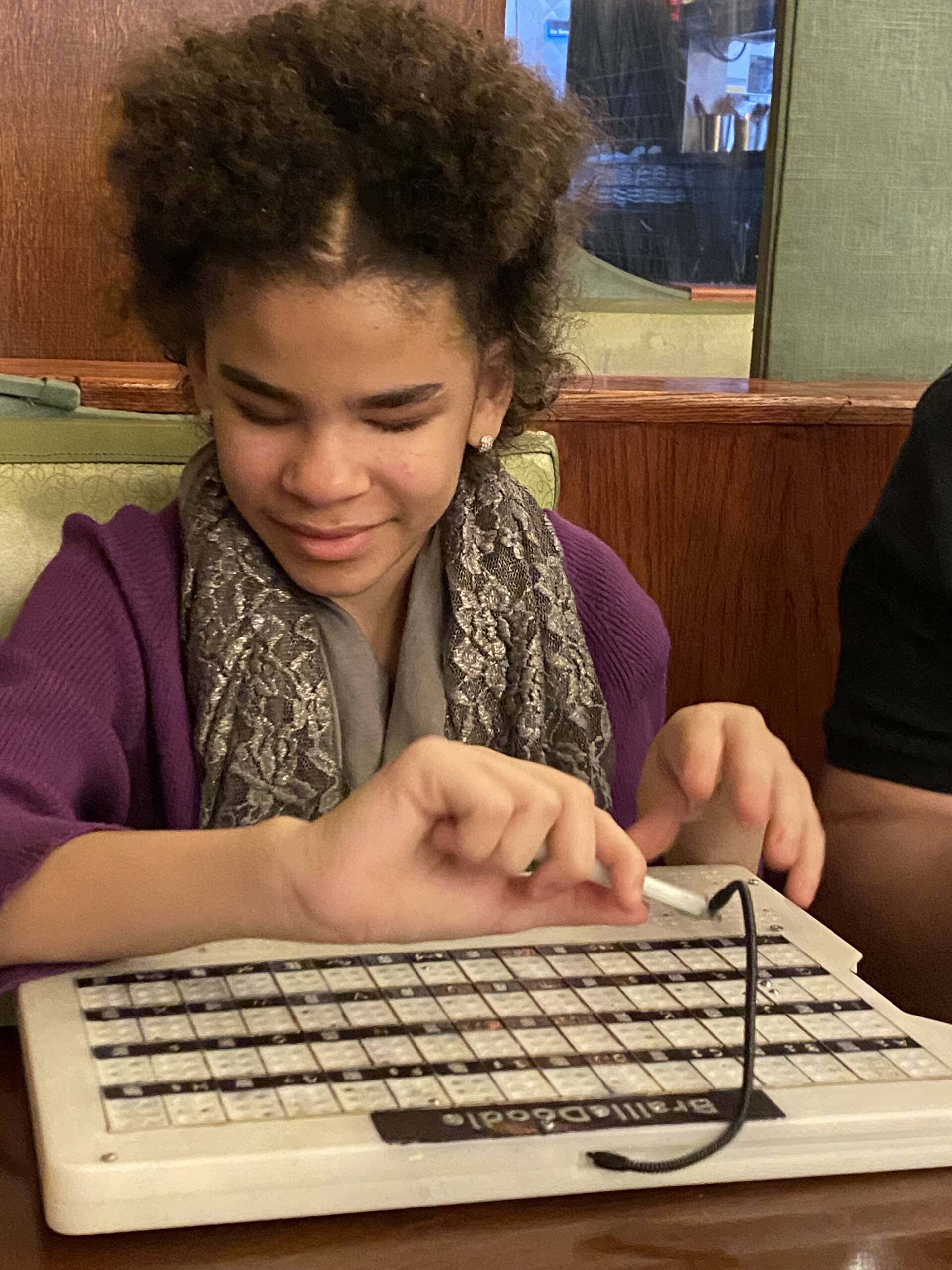Enhance Accessibility with Braille Tools and Notetakers
Enhance Accessibility with Braille Tools and Notetakers
Blog Article
Discover Innovative Tools Made for the Visually Impaired
The growth of ingenious devices for the aesthetically damaged stands for a substantial improvement in accessibility and freedom. Technologies such as smart glasses with AI abilities and mobile applications created to provide acoustic descriptions are reshaping daily experiences for users. In addition, wearable gadgets that use haptic comments enhance ecological awareness, while modern Braille innovations offer new means to involve with message. As these tools continue to evolve, their influence on the lives of those with visual problems elevates important questions regarding the future of inclusivity and autonomy in different aspects of life. What lies ahead in this technical landscape?
Smart Glasses for Navigation

Smart glasses designed for navigating are reinventing the means aesthetically impaired people connect with their environment. These advanced devices utilize a mix of video camera innovation, expert system, and auditory responses to offer real-time details concerning environments. By using barrier detection systems, smart glasses can signal customers to prospective dangers, making it possible for much safer mobility in both familiar and unfamiliar setups.
The integration of GPS technology even more boosts navigation capabilities, allowing individuals to get acoustic directions as they move. This hands-free technique not just cultivates freedom yet also equips visually impaired individuals to browse city landscapes with increased confidence. In addition, several smart glasses are outfitted with attributes that identify spots and street signs, supplying contextual info that enhances the customer experience.
In addition, the growth of these tools is continually advancing, with companies working to enhance the precision of item recognition and expand the variety of navigational features. As clever glasses end up being a lot more budget-friendly and obtainable, they hold the possible to substantially change life for aesthetically impaired individuals. Eventually, these ingenious tools represent an essential step toward inclusivity, offering enhanced movement and a better feeling of autonomy for people navigating the world around them.

Mobile Apps for Daily Living
Just how can mobile applications improve the day-to-days live of aesthetically damaged individuals? Mobile apps are reinventing the means visually impaired individuals navigate their environments, manage daily tasks, and accessibility info. These applications supply essential support with numerous functionalities, fostering independence and enhancing high quality of life.
Several ingenious mobile applications are designed especially for daily living. For example, apps like Be My Eyes attach aesthetically damaged customers with sighted volunteers through video phone calls, allowing them to get real-time help with tasks such as reviewing labels or navigating unknown spaces. Seeing AI, created by Microsoft, uses synthetic intelligence to describe environments, reviewed text, and identify items, successfully transforming a mobile phone right into a powerful device for daily help.
Furthermore, navigating applications tailored for the aesthetically damaged, such as Aira and BlindSquare, use audio-based instructions and environmental info, making it possible for individuals to traverse their surroundings securely and confidently. Past navigation and instant help, mobile apps also support organization and job management, with features that help customers establish suggestions, produce to-do lists, and track consultations. In recap, mobile applications work as crucial resources, empowering aesthetically damaged people to lead even more independent and fulfilling lives.
Wearable Technologies for Support
Empowerment via modern technology is progressively noticeable in the world of wearable gadgets designed to aid aesthetically impaired individuals. These innovative devices integrate flawlessly into life, boosting navigation and offering vital responses to users. For example, clever glasses furnished with cameras can recognize faces and read text out loud, allowing individuals to interact even more confidently in social and professional settings.
One more notable development is using haptic feedback systems in wearable gadgets. These systems use vibrations or various other responsive signals to communicate details regarding the individual's atmosphere, such as challenges or changes in terrain, improving flexibility and security. Wearable innovations likewise include wristbands that attach to smart devices, informing individuals to alerts via refined resonances, thus enhancing connectivity without dependence on visual cues.
As these technologies continue to advance, they are not just enhancing self-reliance for aesthetically damaged individuals however additionally cultivating a higher feeling of incorporation in culture. By connecting the space in between difficulties encountered in everyday living and the possibility for autonomy, wearable technologies function as pivotal devices in the quest for equality and empowerment for buy direct glasses those with aesthetic disabilities.
Audio Summary Tools
Audio description devices play a critical function in improving accessibility for aesthetically damaged individuals, supplying them with the ability to involve with visual media. AI-powered visual aids. These devices offer narrated summaries of crucial visual aspects in films, tv shows, and live performances, making certain that customers can completely comprehend the context and feelings communicated through visuals
Sound summary can be integrated into numerous systems, including streaming services, cinema testings, and live movie theater. Many preferred streaming solutions currently consist of audio description as an accessibility attribute, allowing viewers to select it easily. In enhancement to conventional media, specialized applications additionally exist, supplying audio descriptions for art exhibitions, museums, and various other social occasions.
The effectiveness of audio description depends upon the ability of the storytellers, who have to communicate aesthetic information succinctly without taking away from the initial sound. Innovations in this area are additionally leading the way for even more customized experiences, where individuals can readjust the degree of information and pacing according click to read more to their preferences.
Braille Innovations and Devices
Braille gadgets and developments have considerably changed the means aesthetically damaged individuals engage with message and info. Modern developments have actually brought about the growth of versatile tools that improve literacy and self-reliance among users. Especially, Braille present technologies have actually developed, enabling dynamic reading experiences. These devices convert digital text into Braille, enabling users to access a vast variety of details on smartphones, tablet computers, and computers.
In addition, mobile Braille notetakers integrate traditional Braille input with contemporary capabilities, facilitating note-taking, organizing, and file editing on the move. OCR devices for the blind. These portable devices commonly feature text-to-speech abilities, connecting the void in between Braille and auditory info
Additionally, cutting-edge Braille printers have emerged, enabling individuals to generate Braille labels, papers, and educational products successfully. This ease of access fosters better participation in expert and academic atmospheres, inevitably advertising inclusivity.
Additionally, research study into wise Braille innovations proceeds to increase. Devices that integrate fabricated intelligence are being discovered to offer real-time navigation optometrist open on saturday support and contextual information, improving the user experience in diverse settings. In general, these advancements reflect a commitment to empowering visually damaged people with modern technology, guaranteeing they can quickly accessibility and engage with the globe around them.

Final Thought
The innovation of innovative devices for the visually damaged considerably enhances independence and high quality of life. Smart glasses, mobile applications, wearable technologies, audio summary tools, and Braille advancements collectively empower people by supplying essential navigation aid, ecological awareness, and boosted analysis experiences. These technologies not only foster higher incorporation however likewise promote autonomy in day-to-day tasks, ultimately adding to a more fair and easily accessible society for visually damaged individuals. Proceeded development in this field holds assurance for more improvements.
As clever glasses become much more cost effective and easily accessible, they hold the potential to significantly change day-to-day life for aesthetically impaired individuals. Mobile applications are revolutionizing the means visually impaired individuals browse their atmospheres, handle daily tasks, and access info. Apps like Be My Eyes connect aesthetically impaired users with sighted volunteers by means of video clip calls, enabling them to get real-time help with jobs such as reading labels or navigating unknown areas.Furthermore, navigating applications customized for the aesthetically impaired, such as Aira and BlindSquare, use audio-based instructions and ecological info, making it possible for users to traverse their surroundings safely and confidently.The improvement of ingenious devices for the aesthetically damaged significantly enhances freedom and top quality of life.
Report this page